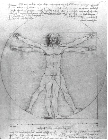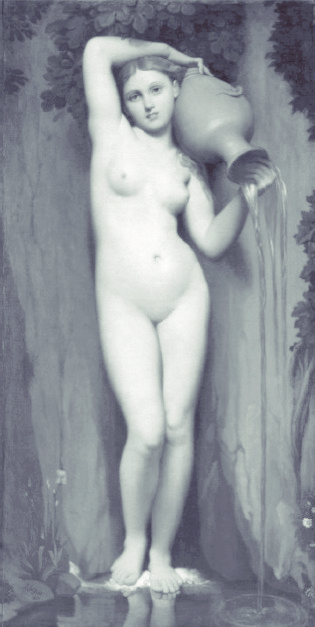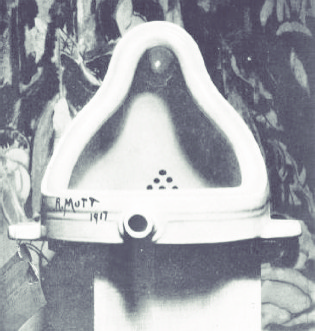“Judgment of Perfect” in Aesthetic and Its End
- Available Online: 2019-06-01
Abstract: The judgment of the " perfection” of things and the judgment of the " beauty” of things are often intertwined in the development of human aesthetic spirit. The Pythagoras-Platonic tradition of Western aesthetics and art theory establishes that the pursuit of perfection is the pursuit of beauty, and the Christian theology’s assumption of the perfection of god strengthens. this tradition. This tradition profoundly influenced the art practice and aesthetic theory in the classical times until the middle of the 18th century in Europe, and produced a set of aesthetic theory centering on perfection in the 18th century. This aesthetic was initiated by shaftesbury and systematized into Leibniz-wolff system centering on order, proportion and harmony. By analyzing the difference between the judgment of aesthetic and the judgment of perfection, Kant puts forward that the judgment of perfection cannot be included in the territory of aesthetic, thus driving the judgment of perfection out of the field of aesthetics and causing a huge change in the aesthetic and artistic concepts. But the judgment of perfection is meaningful for aesthetic today.




 沪公网安备 31010102003103号
沪公网安备 31010102003103号 DownLoad:
DownLoad:

